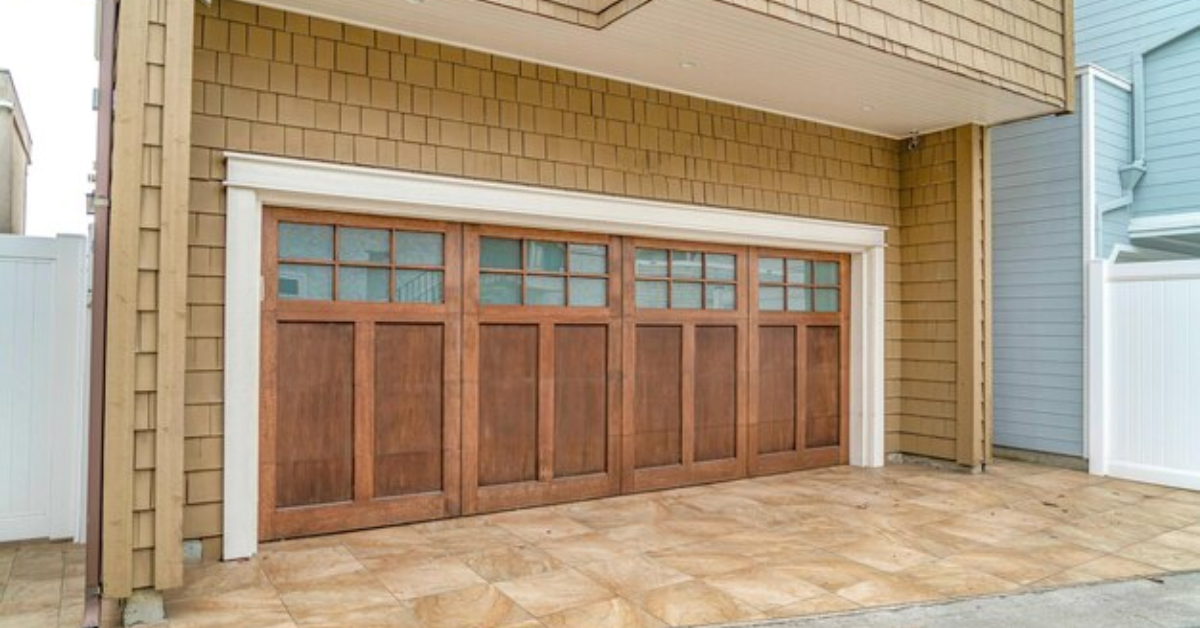How To Open A Liftmaster Garage Door Remote?
LiftMaster garage door remotes are an essential tool for modern living, offering convenience and security for homeowners. Whether you're coming home after a long day or heading out in a hurry, the remote allows you to access your garage with just the press of a button. However, like any electronic device, your remote may occasionally require maintenance, such as replacing the battery, troubleshooting connectivity issues, or reprogramming it to work with your garage door opener. To perform these tasks, you’ll need to know how to properly open the remote without causing damage.
It is important to know how to operate and maintain your LiftMaster remote in order to ensure it continues to operate efficiently. This guide provides a step-by-step explanation for opening your remote safely and highlights tips for troubleshooting and upkeep. By following these instructions, you’ll be equipped to handle common issues and keep your garage door remote in excellent condition.
Why Open Your LiftMaster Garage Door Remote?
Understanding the reasons for opening your LiftMaster remote can help you approach the task with confidence:
- Battery Replacement: The most common reason to open a LiftMaster remote is to replace its battery. Garage door remotes generally use coin-cell or AAA batteries, which need occasional replacement.
- Troubleshooting: If your remote stops working or becomes unresponsive, opening it allows you to check for loose connections or debris.
- Reprogramming: Accessing the inside of the remote may be required during reprogramming, especially for older models.
Tools You’ll Need
Before you begin, gather the following tools to make the process easier:
- A small flathead screwdriver or coin
- Replacement batteries (refer to your remote's manual for the correct type)
- A clean cloth for handling internal components
Steps to Open a LiftMaster Garage Door Remote
Step 1: Identify Your Remote Model
Different LiftMaster remotes have slight design variations. Locate the model number on the back or inside the battery compartment of the remote. Refer to the user manual if you’re unsure about your model. This ensures you’re aware of its specific opening mechanism.
Step 2: Locate the Seam or Slot
Inspect the sides or bottom of your remote for a visible seam or small slot. This is typically where the two halves of the remote are joined. For most models, this slot is near the battery compartment.
Step 3: Gently Pry Open the Remote
Insert the tip of a small flathead screwdriver or a coin into the slot. Apply gentle pressure to separate the two halves of the remote. Work around the edges to avoid damaging the casing.
- Pro Tip: If you feel resistance, double-check the remote's manual to confirm you’re using the correct technique.
Step 4: Handle the Internal Components Carefully
Once the remote opens, you’ll see its internal components, including the battery, circuit board, and contact points. Handle these parts gently to avoid damage.
Replacing the Battery in a LiftMaster Remote
- Remove the Old Battery: Lift the battery out of its compartment using your fingers or a small, non-metallic tool.
- Check for Corrosion: Inspect the compartment for any signs of corrosion or dirt. Use a clean cloth to wipe it down if necessary.
- Insert the New Battery: Place the new battery in the compartment, ensuring the positive (+) and negative (-) sides align correctly with the markings.
- Test the Remote: Before closing the casing, press a button on the remote to confirm it powers on.
Troubleshooting Common Issues
If replacing the battery doesn’t resolve your issue, consider these steps:
- Inspect the Circuit Board: Look for visible damage or loose connections.
- Clean the Contact Points: Dust or debris on the battery contact points can disrupt functionality. Use a dry cloth or soft brush to clean these areas.
- Reprogram the Remote: Some LiftMaster remotes may need reprogramming after a battery change. Follow the instructions in the user manual to sync the remote with your garage door opener.
Closing the LiftMaster Garage Door Remote
After resolving your issue, align the two halves of the remote and gently press them together until you hear a snap or click. Ensure there are no gaps along the edges and test the remote again to confirm it’s functioning correctly.
Preventative Maintenance for Your LiftMaster Remote
To extend the life of your LiftMaster garage door remote and reduce the frequency of repairs:
- Keep It Clean: Regularly wipe the remote with a dry cloth to remove dirt and oil buildup.
- Store It Properly: Avoid leaving the remote in extreme heat or cold, such as inside a car on a hot day.
- Replace Batteries Promptly: Weak batteries can strain the remote’s circuitry.
When to Replace Your LiftMaster Remote
If your remote continues to malfunction despite troubleshooting or shows signs of significant wear, it may be time to replace it. Replacement remotes are available online or through authorized LiftMaster dealers. Make sure the new remote is compatible with your garage door opener.
Final Thoughts
Opening a LiftMaster garage door remote is a simple task that can resolve common issues like dead batteries or minor malfunctions. By following this guide, you can maintain your remote’s functionality and ensure smooth operation of your garage door. Always refer to your specific remote’s user manual for detailed instructions and consult LiftMaster customer support if you encounter persistent problems.
Proper care and timely maintenance of your LiftMaster remote can save you time, money, and frustration, keeping your garage access secure and convenient.




